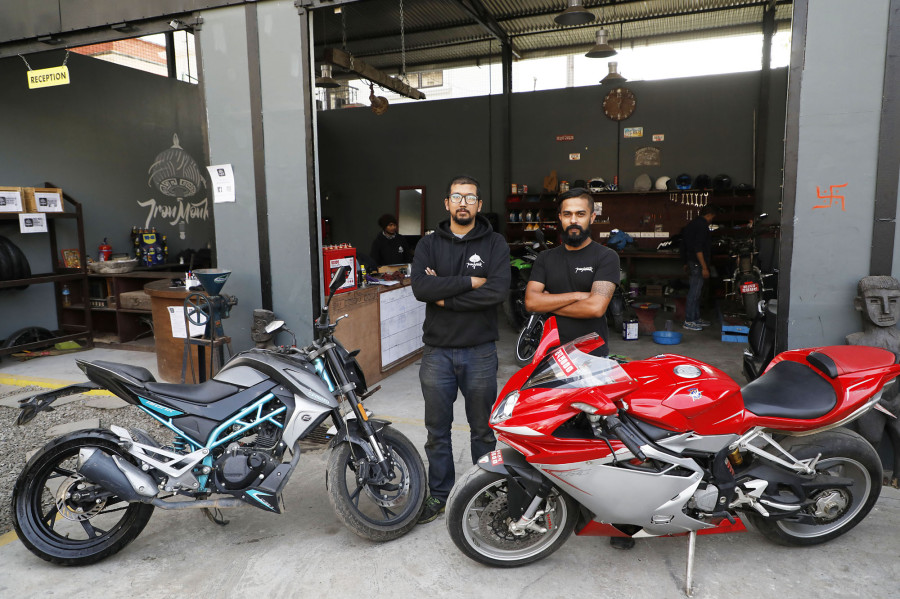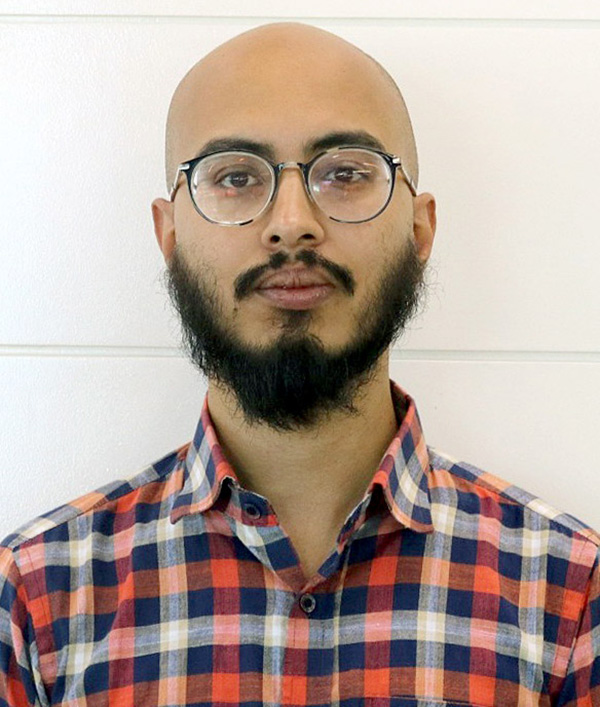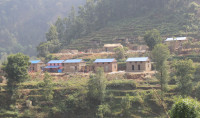Entertainment
Meet the men who want to turn motorbike maintenance into an art
While still in high school, Ashish Sinha and Kalash Tuladhar came across a rundown vintage Royal Enfield Bullet 350. As bike enthusiasts, this machine, rusty and water-logged, piqued their interest—they wanted to see if they could restore it.
Pranaya SJB Rana
While still in high school, Ashish Sinha and Kalash Tuladhar came across a rundown vintage Royal Enfield Bullet 350. As bike enthusiasts, this machine, rusty and water-logged, piqued their interest—they wanted to see if they could restore it. The Bullet, they discovered, dated back to the early 60s and was possibly one of the first Royal Enfields in Nepal. The two friends marvelled at its engineering and went to great lengths to find ways to repair it, including consulting Punjabi mechan-ics, Maoist engineers and trawling the internet for solutions. In the end, the repair would be impossible—the machine was too far gone. But they salvaged its engine, which now sits proudly at their newly opened motor-cycle workshop—Iron Monk.
Opened in earlier this year in July, Iron Monk is not just a workshop. It provides repair and servicing, along with dealing in spare parts, like any other workshop, but it also does customisation, and that is one of the areas where Iron Monk wants to shine.
“There is a multi-billion dollar industry dealing in performance-based customisation and enhancement that we’re not tapping into,” says Tuladhar, an automotive engineer by training.
Motorbike customisation in Nepal has long been limited to gaudy aes-thetic enhancements, like adding stickers and flashing neon lights along with raising the rear shocks and blowing out the silencer so that the bike makes a louder sound. This kind of customisation does nothing for performance and it doesn’t require any knowledge of the machine or its inner workings. It can also be dangerous, unbalancing the motorbike and leading to accidents and noise pollution. This prompted the government to start cracking down more stringently on customised bikes. Even though bike customisation had long been illegal, through the Motor Vehicle and Transport Management Act 1993, it was only recently that the Act has seen strict enforcement by the police.
“Vehicle laws are generalised and there is a lot of gray area,” says Sinha. “Bikes are engineering but they are also art and people need to be allowed to alter the machines they’ve purchased.”
What Tuladhar and Sinha are aiming for is high-end customisation, where the engine itself is tinkered with to provide more power and more efficiency. This can be a risky business, as it requires in-depth knowledge of how engines work and how much they can be altered. For Tuladhar—who built a custom race car with a 500cc motorcycle engine as part of his final year project at Minnesota State University in the US—customisation is an engineering feat, not so much an aesthetic one. A four-stroke motorcycle engine works along the principles of “suck, squeeze, bang and blow”—air and fuel are sucked in, they are then compressed (squeeze), a spark ignites the compressed air and fuel (bang), and the resulting gases are expelled (blow).
“Customisation is about getting a bigger bang,” says Tuladhar. “This can be done in a number of ways, like with a turbo or a supercharger or with nitrous oxide.”
Unfortunately, restrictive laws and a crackdown by the traffic police on modified bikes have meant that there is not much customisation work for Iron Monk. The few customisation jobs they’ve done have been for super-bikes that don’t appear on the roads too often, usually only at special rallies and events. They are, however, excelling at providing services.

Since July, Iron Monk has exceeded its monthly target every month, says Tuladhar. They make an average of Rs 30,000 daily, servicing over 500 motorbikes monthly, mostly the popular KTM Duke. But they have also made a name for themselves as care-takers of Kathmandu’s higher-end superbikes.
“We receive a couple of superbikes every month,” says Sinha, pointing to an Italian MV Augusta superbike rest-ing in the back of the workshop. There are a few Ducatis, Hondas and Yamahas that also come in, lured by Tuladhar’s experience with motor-bikes but also because of the relations he’d cultivated since returning from the US in 2013.
Both Tuladhar and Sinha went off to the US for their undergraduate studies after high school. Although they went to separate states, the two kept in touch, bonded by their shared love for motor-bikes and machines. While Tuladhar spent his Bachelor’s taking apart engines and putting them back together, Sinha pursued a degree in marketing, working on motorbikes and cars in his free time. He later went to work for the Iron Pony bike shop in Ohio. Tuladhar returned to Nepal on the cheapest flight available—on September 11, 2013—and started working for Bikers Nepal, an accessories and repair store, before moving onto working for the MV Augusta dealership in Kathmandu. Seeing little room for growth, Tuladhar left, but not before he’d impressed the city’s motorcycle enthusiasts. They would visit him at home for servicing and repair. Then, when Sinha too returned to Nepal for good in 2017, Iron Monk started and all of Tuladhar’s customers migrated there. The difference between a workshop like Iron Monk and any other automotive workshop is that Tuladhar and Sinha both believe that motorcycle repair is about more than just fixing what’s wrong.
“It’s about giving the automotive service industry a boost,” says Sinha. In this first phase, they’re concentrating on providing servicing that’s actually good, he says, since a lot of bike owners aren’t satisfied with the manufacturer's services. They’re also helping mechanics get certified through the Council for Technical Education and Vocational Training (CTEVT).
“It’s not enough to know about engines and mechanics anymore,” says Sinha. “These days, with the kind of bikes that are around, you need to know mechanics, electronics and diagnostic computing.”
Among the eight employees they currently have, all the mechanics are CTEVT certified and they’ve taken on two interns, fresh from mechanical engineering school. With the interns, Tuladhar pursues a hobby that Iron Monk hopes to turn into the next big thing—manufacturing. The interns and Tuladhar spent months building battery testers and fuel injectors from scratch, looking up circuit diagrams on the internet and working through trial-and-error. The prototype fuel injector that they’ve currently come up with costs a fraction of the ones made in India, which retail for Rs 200,000-300,000. Iron Monk hopes to get these ‘Made in Nepal’ tools into manufacturing soon.
“We only had theoretical knowledge before we came here,” says intern Bikesh Kumar Mahato. “Iron Monk has allowed us to put all that knowledge into application.”
For Tuladhar and Sinha, Iron Monk is a labour of love. All their faith in their passion is paying off, as Iron Monk continues to do good business while establishing itself as a one-stop solution for all bike enthusiasts.
It would be untoward to end a piece about a motorcycle workshop without quoting from Robert Pirsig’s venerable Zen and the Art of Motorcycle Maintenance, a book that Sinha says he’s read over five times. Iron Monk seems to exemplify one of Pirsig’s most succinct thoughts: “The test of the machine is the satisfaction it gives you. There isn’t any other test. If the machine produces tranquillity it’s right. If it disturbs you its wrong until either the machine or your mind is changed.”




 11.12°C Kathmandu
11.12°C Kathmandu




.jpg&w=200&height=120)



%20(1).jpg&w=300&height=200)

